Fresh Seafood Sourcing for Authentic Spanish Caldo de Mariscos
11 min read Discover the best practices for sourcing premium seafood to craft an authentic and flavorful Spanish Caldo de Mariscos. July 14, 2025 12:05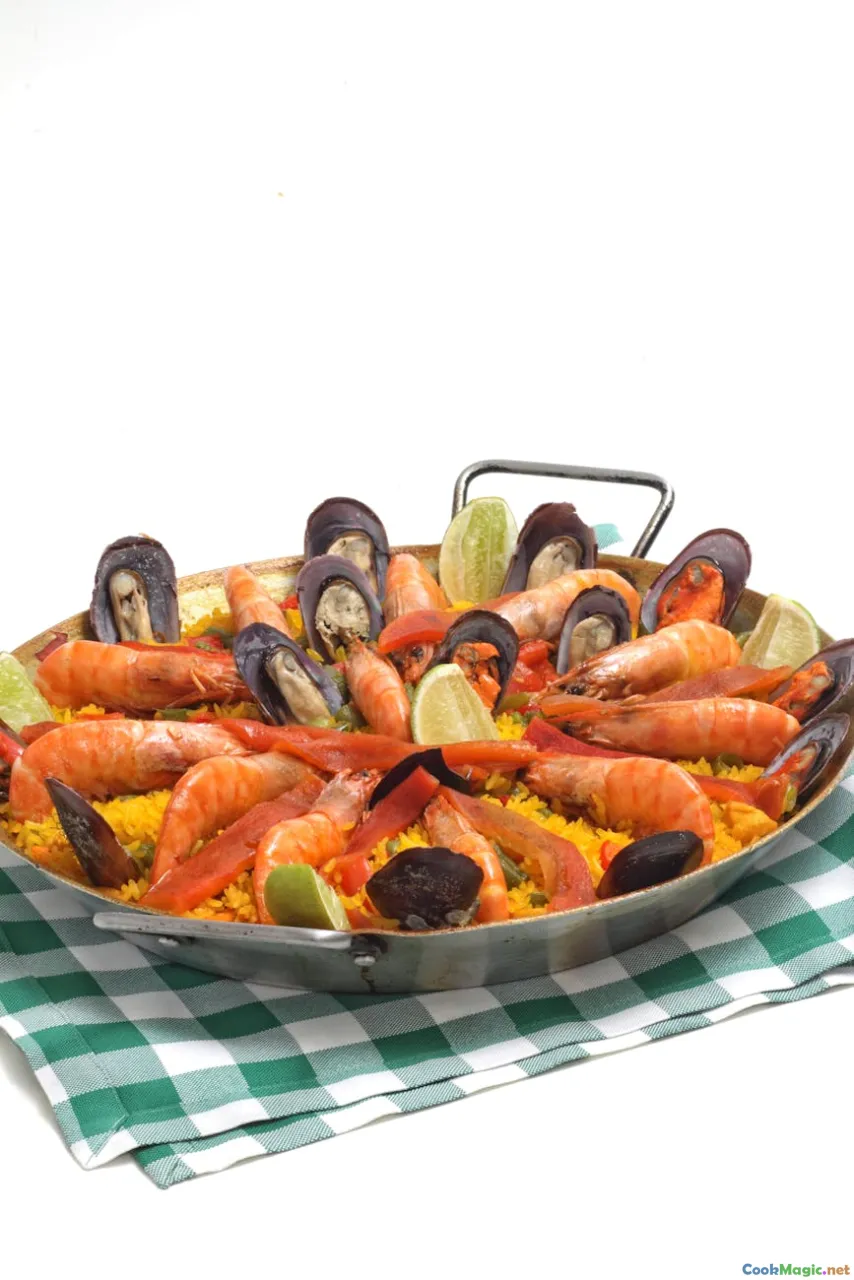
Fresh Seafood Sourcing for Authentic Spanish Caldo de Mariscos
Few dishes evoke the sun-drenched, azure-coast essence of Spain quite like its Caldo de Mariscos — a bubbling cauldron of fresh seafood that sings with the briny, vibrant flavors of the Mediterranean and Atlantic. To truly honor this iconic dish, sourcing premium, fresh seafood is paramount. It’s the culinary heartbeat that transforms mere ingredients into a soulful experience that embodies Spain’s maritime soul.
Embarking on the journey to procure the best seafood for Caldo de Mariscos isn’t merely about shopping; it’s about connecting with centuries-old traditions, understanding the local ecosystems, and embracing the vibrant culture of Spain’s coastal regions. Let’s explore how to source seafood that will elevate your dish from good to unforgettable.
The Cultural Significance of Seafood in Spanish Cuisine
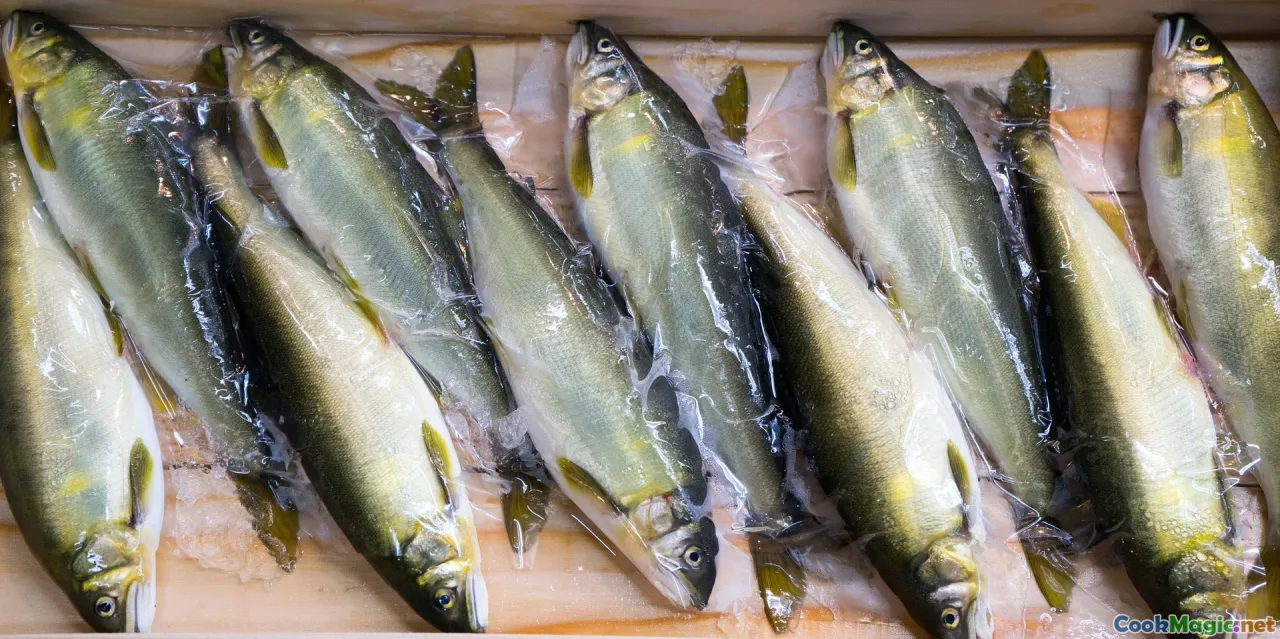
Spain’s culinary history is inextricably linked to its seas. From the bustling markets of Barcelona to the serene fishing harbors of Galicia, generations of Spaniards have relied on the ocean’s bounty not only for sustenance but as a cultural pillar. Fishmongers, fishermen, and markets form the social fabric, ensuring that every piece of seafood retains its freshness and vitality.
In Galicia, a region famous for its octopus and clams, seafood is viewed as a sacred ingredient—a gift from the Atlantic that embodies centuries of folk traditions. Likewise, in Valencia, the birthplace of paella, the freshest seafood is non-negotiable, integral to the region’s culinary identity. This cultural heritage reminds us that sourcing seafood isn’t just a pragmatic task but a respectful act that honors history and community.
Understanding the Regional Varieties of Seafood for Caldo de Mariscos

A true Caldo de Mariscos boasts a medley of ocean treasures—each meticulously chosen to evoke the vibrant flavors of Spain’s diverse coasts. Common ingredients include
- Mussels (
almejas): plump, briny, with shells that open to reveal tender meat - Clams (
conchas): sweet, aromatic, offering a delicate chew - Squid or Calamari (
calamares): tender with a slightly sweet flavor, contributing a chewy texture - Prawns or Shrimp (
gambas,langostinos): juicy, succulent, imparting a rich seafood aroma - Crab or Lobster (
cangrejo,bogavante): for depth of flavor and a memorable presentation - Fish fillets (
merluza,rape,bream): adding a firm, flaky component that absorbs the broth’s essence
Each of these varies regionally. Galicia favors mussels and clams, while Valencia emphasizes prawns and fish. Selecting the right mix depends on regional traditions and personal preferences but prioritizes freshness above all.
How to Identify and Select Fresh Seafood
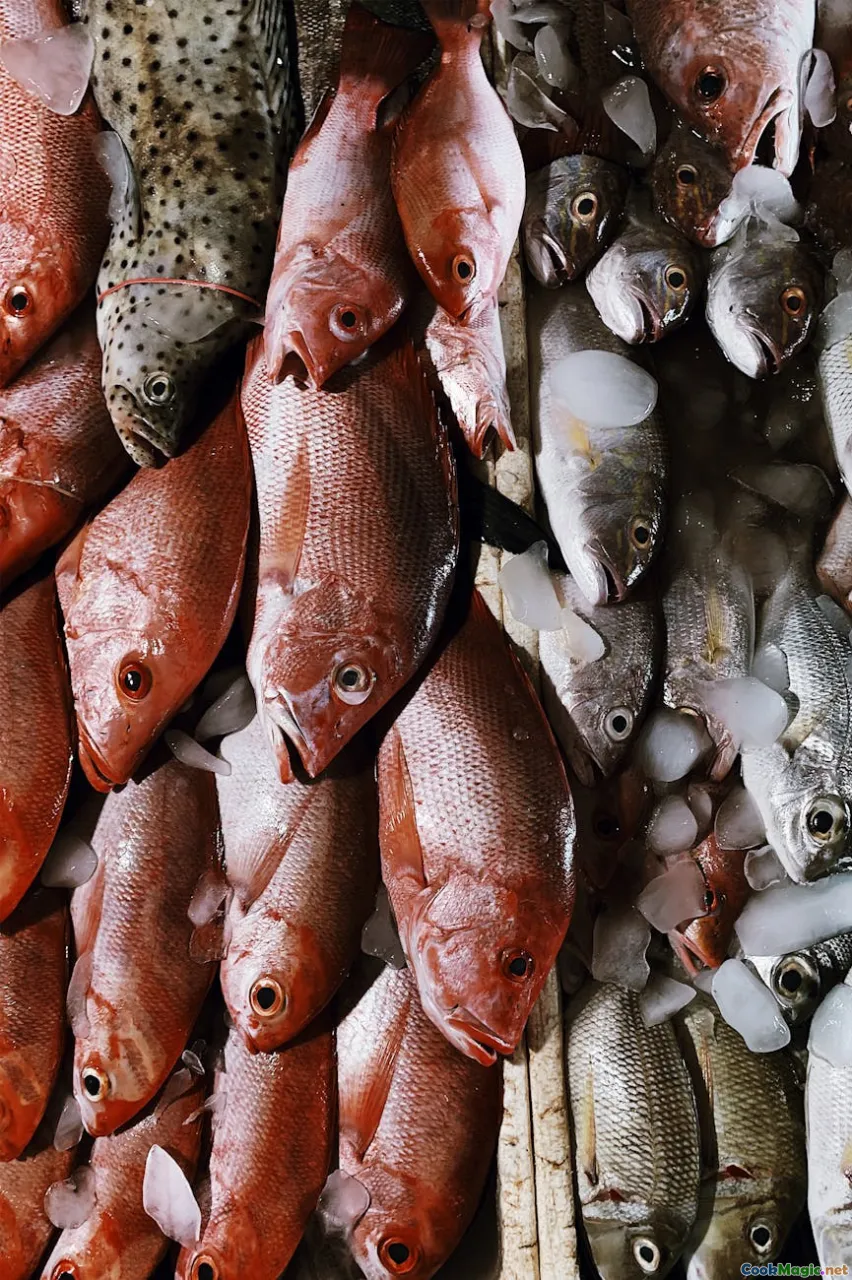
The cornerstone of an authentic Caldo de Mariscos is freshness. To identify the freshest seafood:
- Look for Clear, Bright Eyes: For whole fish or shellfish, bright eyes signal vitality.
- Check the Shells: Mussels and clams should be closed or close tightly when tapped. Discard any with broken shells or gaping shells.
- Smell: Fresh seafood should smell like the sea—clean, briny, and NOT fishy or ammonia-like.
- Feel the Flesh: It should be firm, springing back when pressed.
- Color and Appearance: Vibrant colors and moist flesh indicate freshness.
Visit local fishmongers who source directly from fisherman and advocate for sustainable practices. Building relationships with trusted vendors can ensure a continual supply of top-quality seafood.
Navigating Local Markets and Sustainable Sourcing
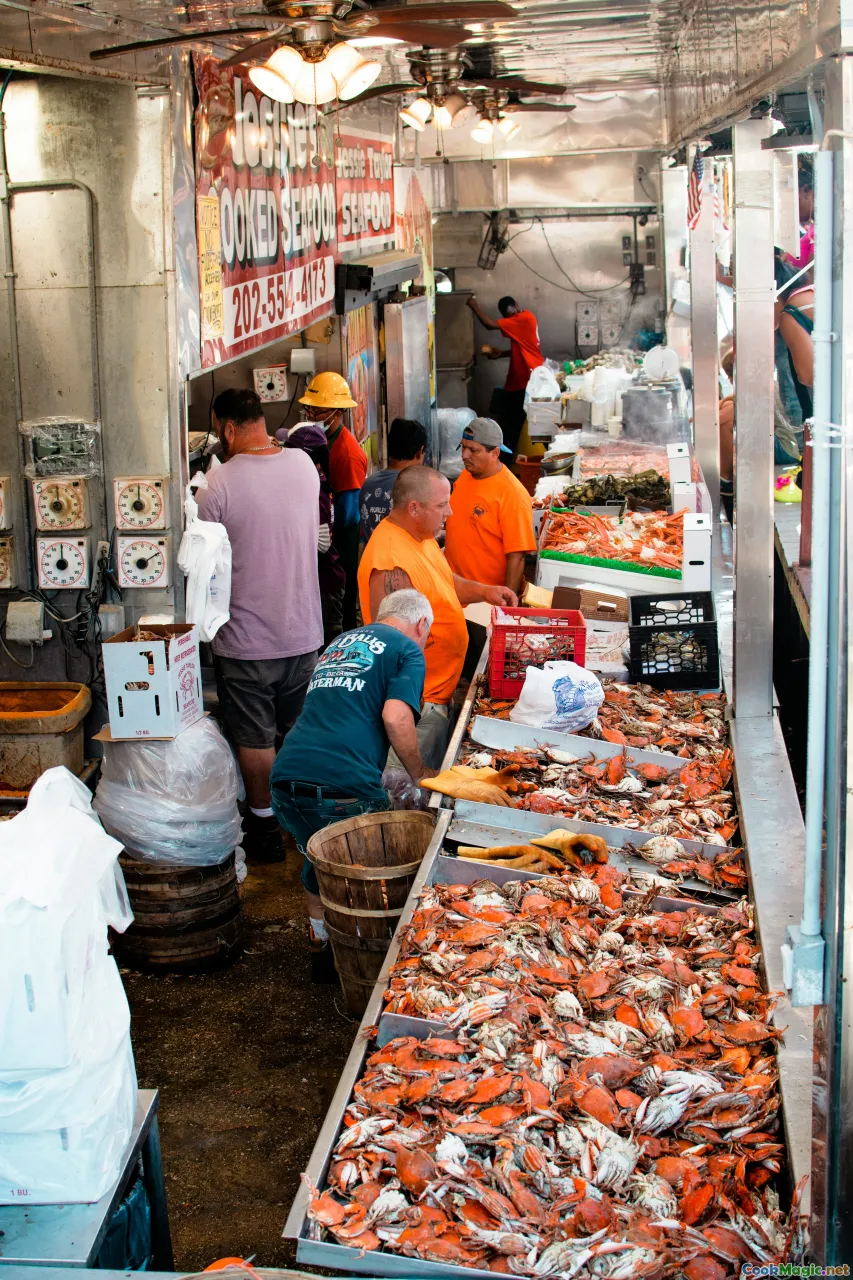
Spain boasts a multitude of fish markets—from Mercat de Sant Josep de la Boqueria in Barcelona to Mercado Central in Valencia. These bustling hubs are treasure troves for fresh seafood enthusiasts. When shopping:
- Ask Questions: Inquire about the catch’s origin, what’s in season, and the best way to prepare it.
- Prefer Local and Seasonal: Using in-season seafood ensures peak freshness and supports sustainability.
- Sustainable Choices: Look for eco-labels like MSC (Marine Stewardship Council) or locally recognized sustainability indicators.
- Timing Matters: Early morning is prime time; fish and shellfish are freshest right after daily catches.
Balancing tradition and eco-consciousness, sourcing responsibly is vital for preserving these abundant yet delicate ecosystems.
The Art of Seafood Delivery and Storage
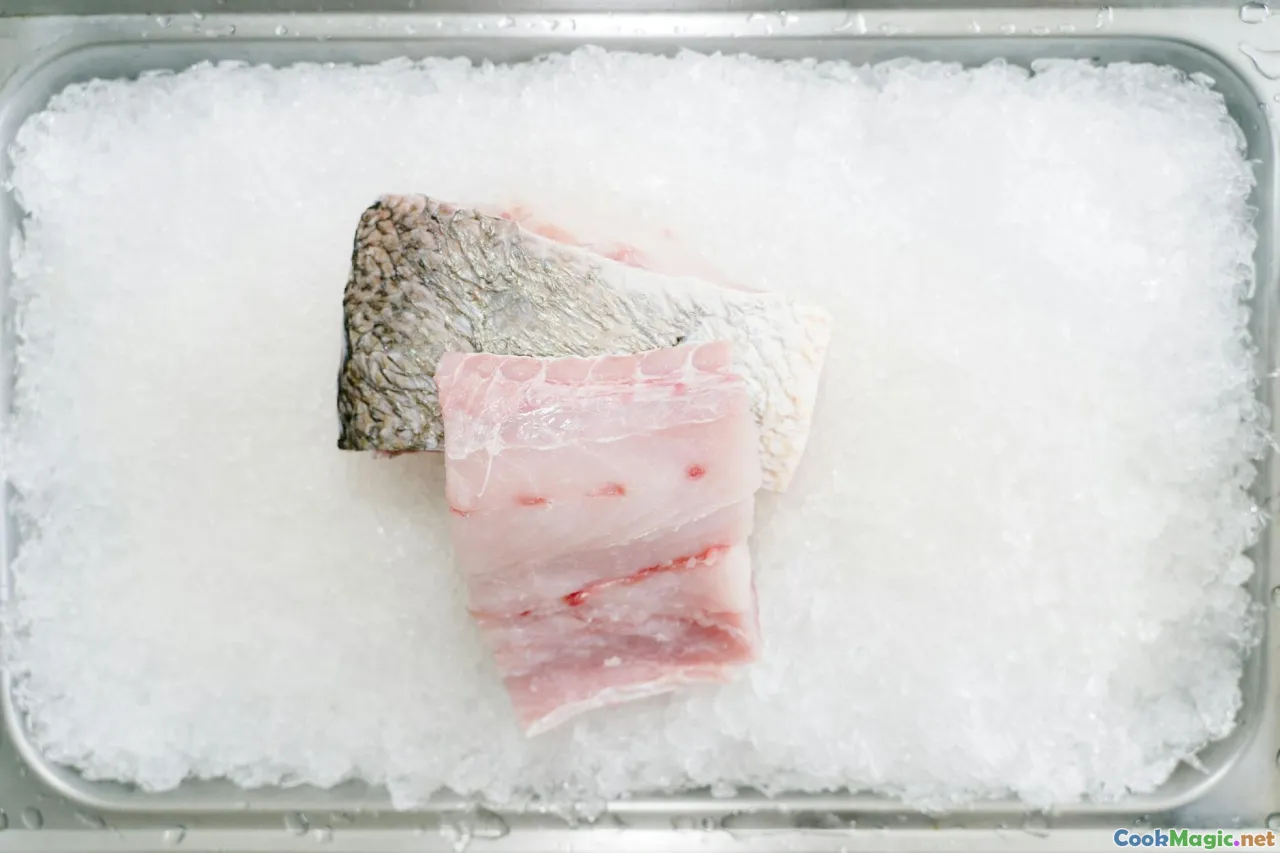
Once sourced, proper handling becomes crucial. Bring your seafood home in chilled containers, ideally with crushed ice, to prevent spoilage. Refrigerate immediately at 0°C (32°F) and use within 24-48 hours for the best flavor.
For longer storage:
- Clean and Prepare: Rinse shells and flesh gently, removing any residual impurities.
- Wrap Carefully: Use plastic wrap or airtight containers, with a layer of ice or seaweed if possible.
- Freeze wisely: Fish can be frozen up to 3 months if properly sealed, but prefer fresh for broth-based dishes.
Proper storage ensures the integrity of flavors and textures, making every spoonful of your Caldo de Mariscos a celebration of freshness.
Integrating Sourced Seafood into Your Caldo de Mariscos
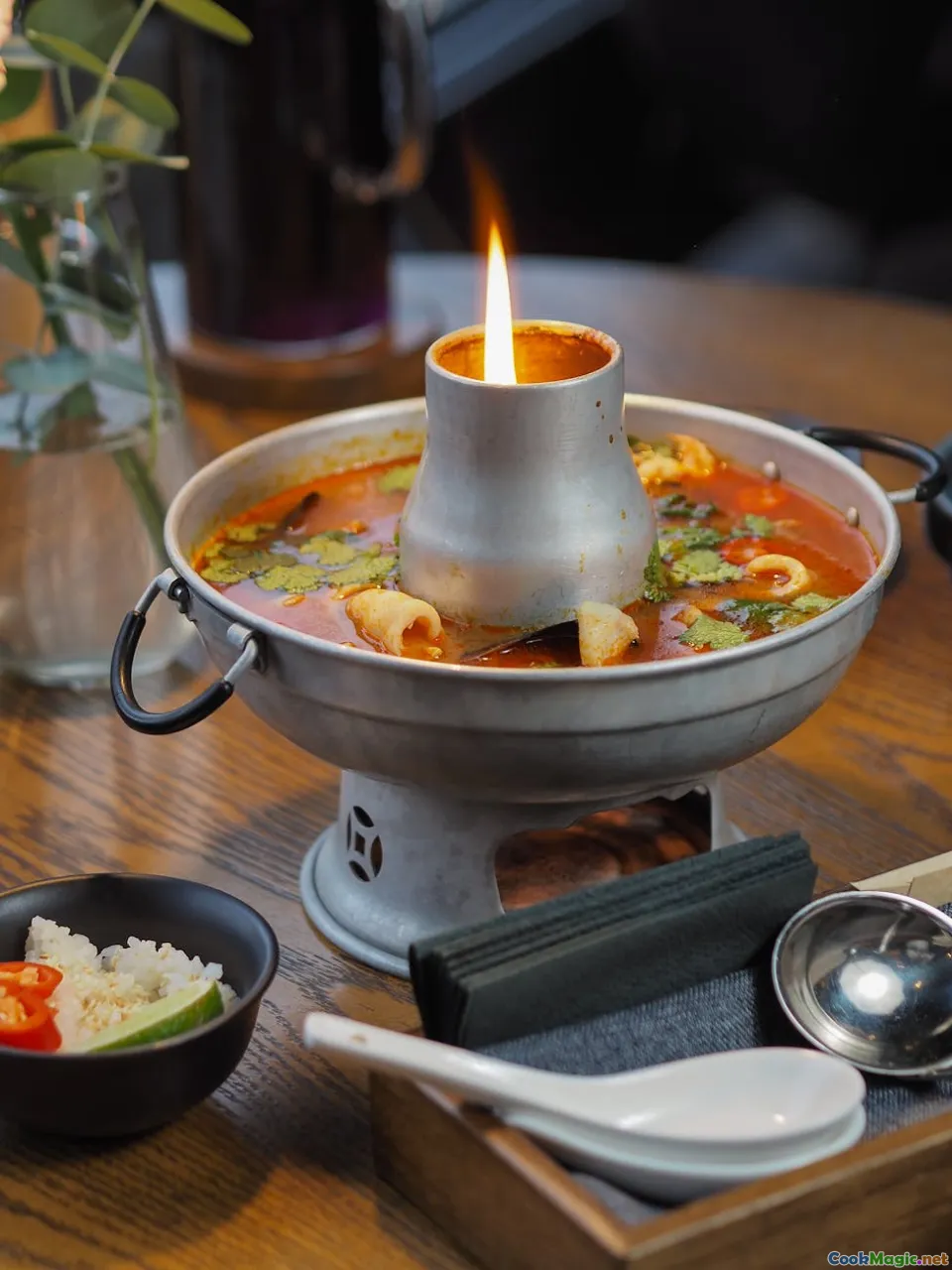
When your seafood arrives impeccably fresh, it’s time to channel that freshness into your dish. Start by preparing a fragrant broth—sautéing garlic, leeks, and onions in olive oil until translucent, then adding crushed tomatoes, bay leaves, and saffron threads for authentic flavor.
Introduce tougher ingredients like crab or lobster into the simmering broth first, allowing their flavors to meld. Shellfish like mussels, clams, and shrimp are added later, cooking swiftly and absorbing the aromatic broth. This layered approach emphasizes each seafood’s unique qualities while creating a harmonious, meaty broth.
Use fresh herbs like parsley, thyme, and a touch of smoked paprika to punctuate the dish. Serve the caldo steaming hot, accompanied by crusty bread or toasted chickpeas as traditional sides.
Personal Reflections and Culinary Traditions
Growing up in the coastal town of San Sebastián, I learned early that making authentic Caldo de Mariscos isn’t just about the recipe; it’s about community, respect, and a deep appreciation for the ocean’s gifts. Visiting local fish markets, I often watched fishermen unload their daily catch—jellyfish, anchovies, and the glistening oysters—each stall whispering stories of the sea.
Every bowl I savor is a tribute to centuries of fishermen whose daily labor fuels Spanish cuisine’s soul. When I source seafood, I think about the hands that caught it and the pristine waters it came from. That reverence not only elevates my dish but connects me to a centuries-old culinary tradition that’s alive and breathing.
In every spoonful, whether made in a humble home kitchen or a bustling restaurant unit, the essence remains the same: sincerity, freshness, and a touch of Spain’s maritime poetry.
Sourcing fresh seafood for Caldo de Mariscos is an art blending science, tradition, and passion. It demands attention to detail, respect for the environment, and a love for Spain’s vibrant coastal heritage. When these elements align, what results is more than a dish—it's an immersive experience that captures the heart and soul of Spanish seaside life, promising warmth and flavor in every spoonful.









